Five years ago, I stood in my little Multan garden with a packet of seeds in hand. I had heard about catnip before—this magical herb that could send cats into pure bliss. My neighbor had one, and her cat would roll around like it had just won the lottery. Naturally, I wanted that too. But here’s the catch: I had never grown it before. And trust me, I failed miserably in the first attempt. The seeds never sprouted. The soil was too compact, the sunlight too little. But mistakes are the best teachers, aren’t they?
What Makes Catnip So Special?
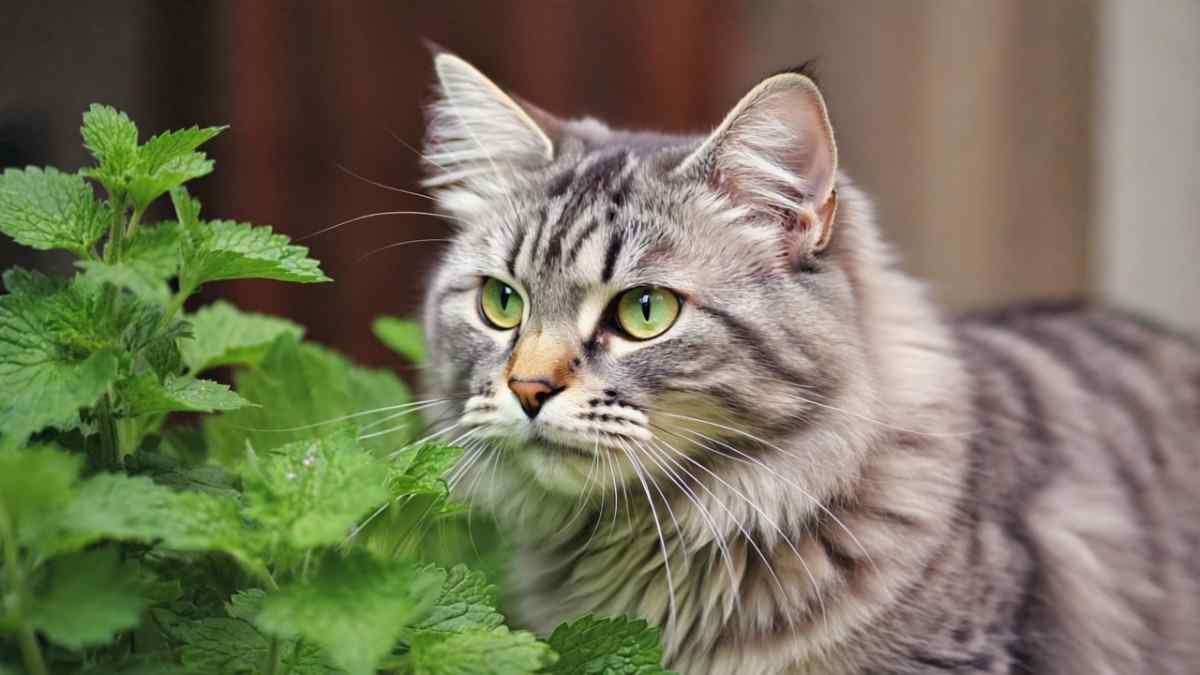
Before we dive into the how to grow catnip plant guide, let’s understand why it’s adored worldwide. Catnip (Nepeta cataria) is part of the mint family. That explains why it spreads like gossip in a small town. Cats go absolutely wild for its oil, nepetalactone. But here’s the twist—it’s not just for cats. Humans have brewed it in teas for centuries to calm nerves and soothe digestion. I once tried it, and honestly, it wasn’t bad. Not coffee-level amazing, but definitely “calm-your-brain” nice. So yes, catnip is a multitasker plant.
The Basics: How to Grow Catnip Plant Outdoors
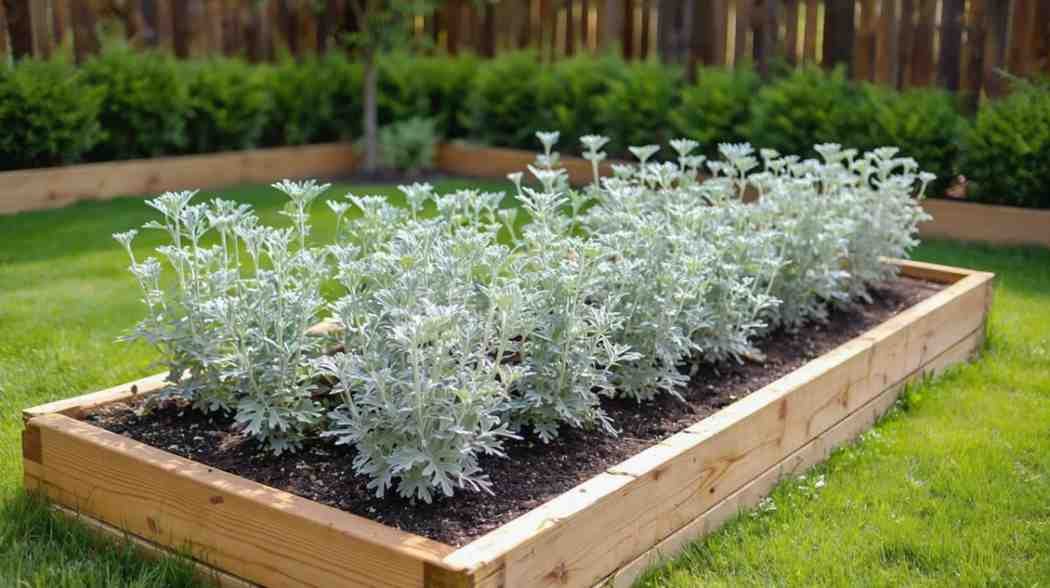
Growing catnip outdoors is easier than convincing your cat not to scratch your sofa. Here’s the breakdown:
-
Soil: Well-draining, slightly sandy, and not too rich. Rich soil = less aroma.
-
Sunlight: Loves full sun but can tolerate partial shade.
-
Watering: Average. Don’t drown it, don’t starve it.
-
Spacing: Give them room to breathe—about 18 inches apart.
I once ignored spacing, and my catnip plants looked like a crowded market. Not cute. So, give them some personal space. They’ll thank you.
How to Grow Catnip Plant Indoors
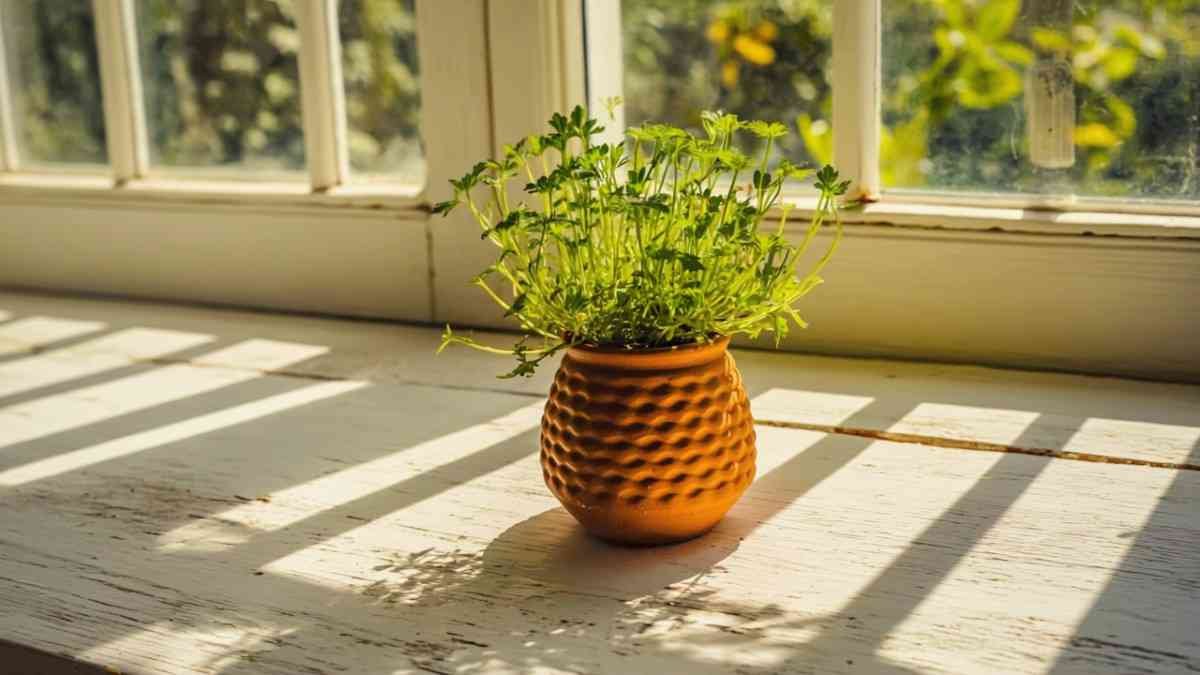
This question pops up a lot: How to grow catnip plant indoors? Yes, it’s possible. I did it when winters in Multan got harsh. Put the pot near a sunny window, preferably south-facing. If you’re short on sunlight, use a grow light. The key is consistency. Indoor air can be dry, so mist the leaves now and then. And, here’s my secret trick—don’t keep it too close to your cat. Otherwise, you’ll wake up to shredded leaves and soil all over your carpet. Cats have zero chill when it comes to catnip.
Common Problems & Solutions
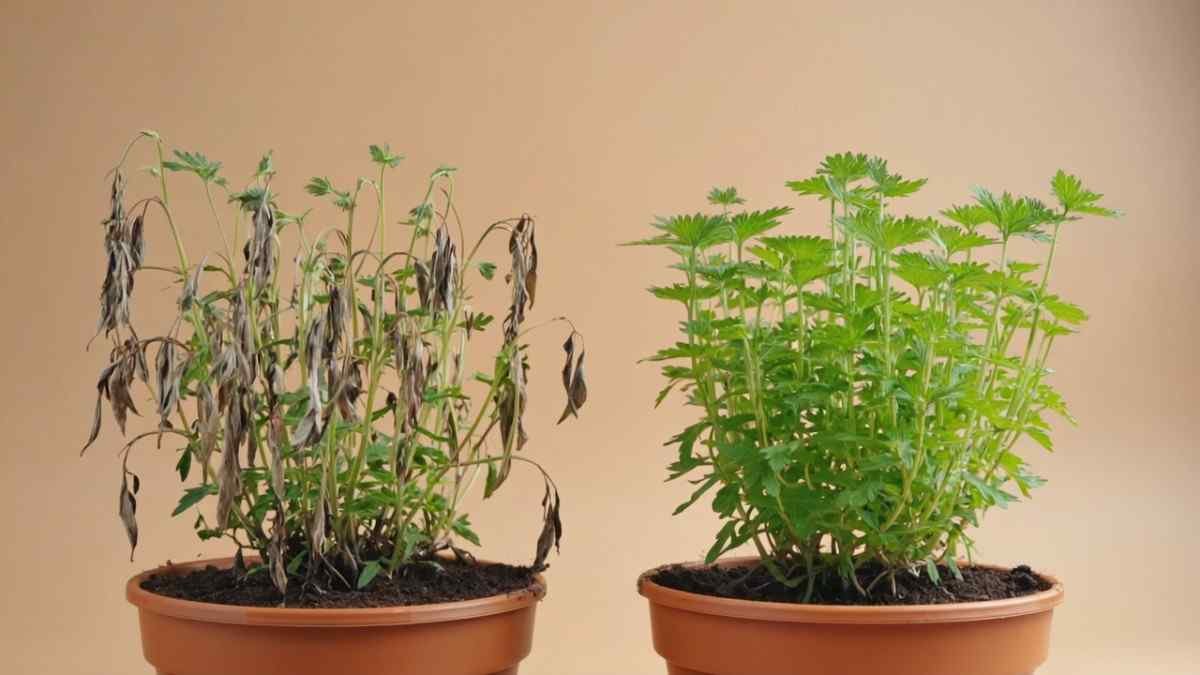
Let’s face it—plants come with drama. Catnip is no exception. But don’t worry, I’ve been through it and lived to tell the tale.
-
Problem: Seeds won’t germinate.
Solution: Scratch the seeds lightly before planting. They germinate better that way. -
Problem: Catnip looks weak and floppy.
Solution: More sunlight. Floppy catnip = sad catnip. -
Problem: Cats destroy it before it grows.
Solution: Grow two plants. One for your cat, one for you. Simple.
Funny Story: Cat vs. Catnip
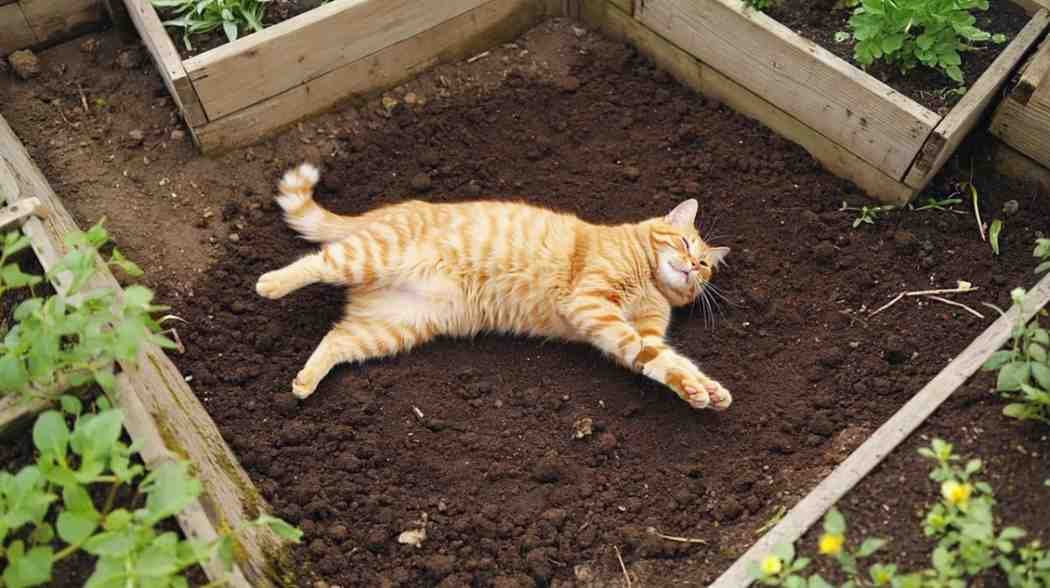
Here’s something from my garden diary. I had just succeeded in growing my first healthy catnip plant. It looked lush, green, and full of life. Then, my neighbor’s cat sneaked in. Within minutes, it had rolled, chewed, and flattened the poor plant. Imagine me standing there with a watering can, helpless, watching the chaos unfold. Moral of the story? Protect your catnip like treasure. Otherwise, you’ll be replanting again and again.
Why Cats Love Catnip (and Why Some Don’t)
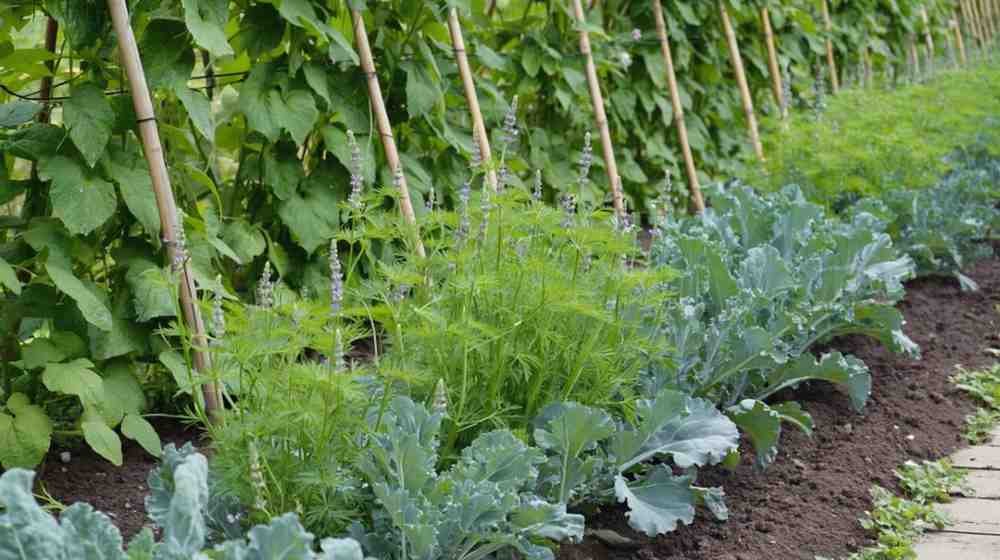
Here’s a fun fact. Not all cats respond to catnip. My cousin’s Persian cat looked at it like it was just boring lettuce. Turns out, the love for catnip is genetic. About 30% of cats don’t care at all. If you’re unlucky and your cat is one of them, don’t take it personally. Maybe grow catnip for yourself. Remember the calming tea? Or just grow it for its flowers—delicate, lavender-like blooms that brighten up any garden.
Best Companions for Catnip

In gardening, companionship matters. Catnip pairs well with greens like kale and collards. It also repels certain insects, which is a bonus. I planted it next to my beans once, and suddenly, fewer pests bothered them. But a warning—don’t plant catnip near mint. They’ll fight for space like siblings fighting over the TV remote. Both are aggressive spreaders, and soon you’ll have a jungle you can’t control.
Tips for a Thriving Plant
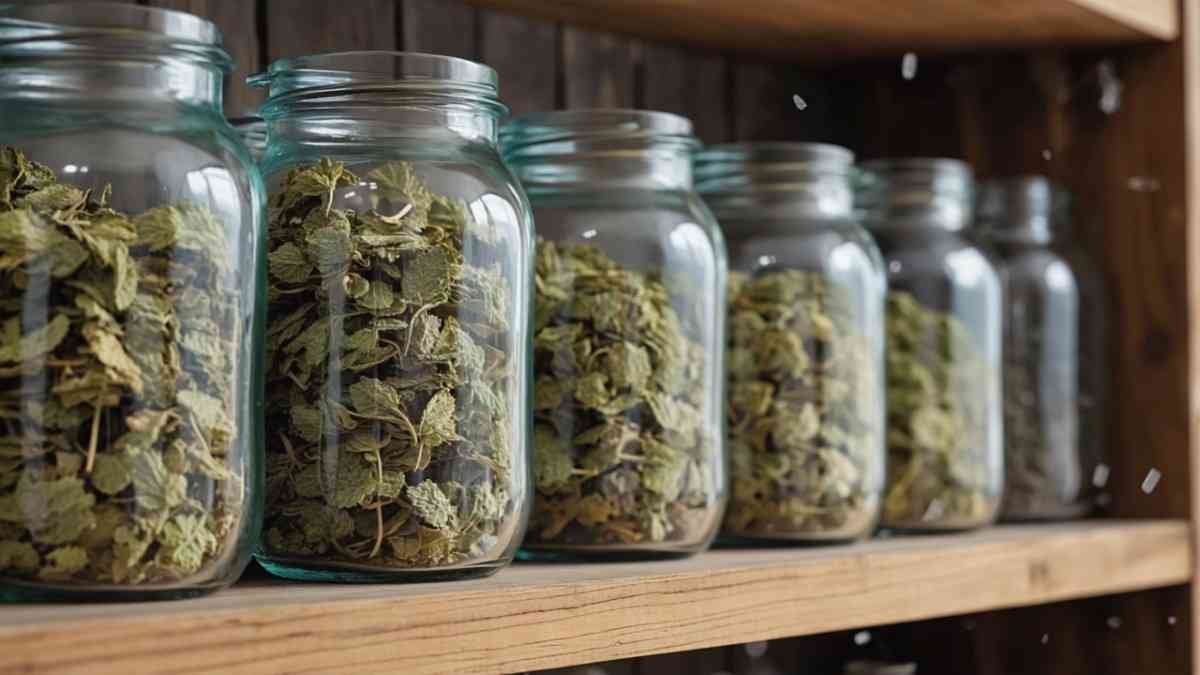
-
Prune regularly to keep it bushy.
-
Harvest leaves before flowering for maximum aroma.
-
Dry the leaves in a dark, airy room if you want to store them.
-
Always leave some for the bees—they love catnip flowers.
I once harvested too much at once, and my cat gave me that betrayed look. Lesson learned. Always keep some fresh for them to nibble on.
Harvesting Catnip the Right Way
Now comes the fun part—harvesting. After weeks of care, you finally get to snip those fragrant leaves. The best time? Just before it flowers. That’s when the oils are at their peak. I usually cut the stems in the morning, when the sun isn’t too harsh. Hang them upside down in a cool, dark place. Once dry, crumble the leaves and store them in airtight jars. Your cat will love the crunchy treat. One time I made the mistake of storing it in a plastic bag—my cat tore through it like a thief in the night.
Storing Catnip for Long-Term Use
Here’s the deal: fresh catnip is great, but it doesn’t last forever. Drying is the best way to preserve it. Store it in glass jars, away from sunlight. You can also freeze fresh leaves in small zip bags. I tried that once, and it worked surprisingly well. Just don’t leave it in the freezer too long—it loses potency. And please, don’t keep it in the same fridge drawer as your veggies. Imagine your cucumber salad smelling like catnip. Not appetizing, trust me.
How to Grow Catnip Plant for Cats vs. Humans
Funny thing—catnip isn’t just for cats. I’ve brewed it into tea, and the calming effect is real. If you’re growing it for yourself, focus on leaf production. For cats, however, you’ll want both leaves and flowers. Cats love the whole package. My advice? Grow a couple of pots for each purpose. One for your furry friend to go crazy with, another for your evening tea ritual. That way, everyone’s happy. Balance is key in gardening and life.
How to Grow Catnip Plant Indoors: Extra Hacks
I know I covered indoor growing earlier, but let me drop some bonus hacks:
-
Use clay pots—they help prevent overwatering.
-
Rotate pots weekly so all sides get sunlight.
-
If your cat can’t resist, place the pot on a high shelf until it’s mature.
-
Snip flowers indoors to keep the plant leafy.
When I grew catnip on my balcony, my cat once climbed the curtains just to reach it. I had to install a tiny fence around the pot. Trust me, indoor catnip needs protection.
Advice from Experience
Let me give you some straight-from-the-heart advice:
-
Don’t overwater. Catnip hates soggy soil.
-
Trim often. It grows better when pruned.
-
Expect chaos. Cats can smell it from miles away.
-
Don’t give cats too much at once—moderation is key.
I once gave my cat too much dried catnip in one sitting. The poor guy zoomed around the house like a rocket, then crashed into a nap for hours. Funny? Yes. Healthy? Not so much.
FAQs: How to Grow Catnip Plant
Q1. How to grow catnip plant indoors successfully?
Keep it near sunlight or under a grow light, water moderately, and prune often.
Q2. Can I grow catnip in containers?
Absolutely. In fact, pots help control its spreading nature.
Q3. Do all cats react to catnip?
No. About 30% of cats don’t respond at all—it’s genetic.
Q4. How often should I water catnip?
Water when the top inch of soil feels dry. Don’t let it sit in water.
Q5. Can I use catnip for myself?
Yes. It makes a soothing tea, but check with your doctor if you have health concerns.
Worldwide Growing Tips
Whether you’re in Multan, New York, or Sydney, catnip adapts well. In hot climates, provide afternoon shade. In cooler regions, grow indoors during winter. Catnip is surprisingly forgiving if you give it the basics—sun, space, and not too much water. I once mailed dried catnip to a friend in Canada. She said her cats went bonkers in the snow. That’s the magic of this plant—it thrives worldwide.
Final Thoughts
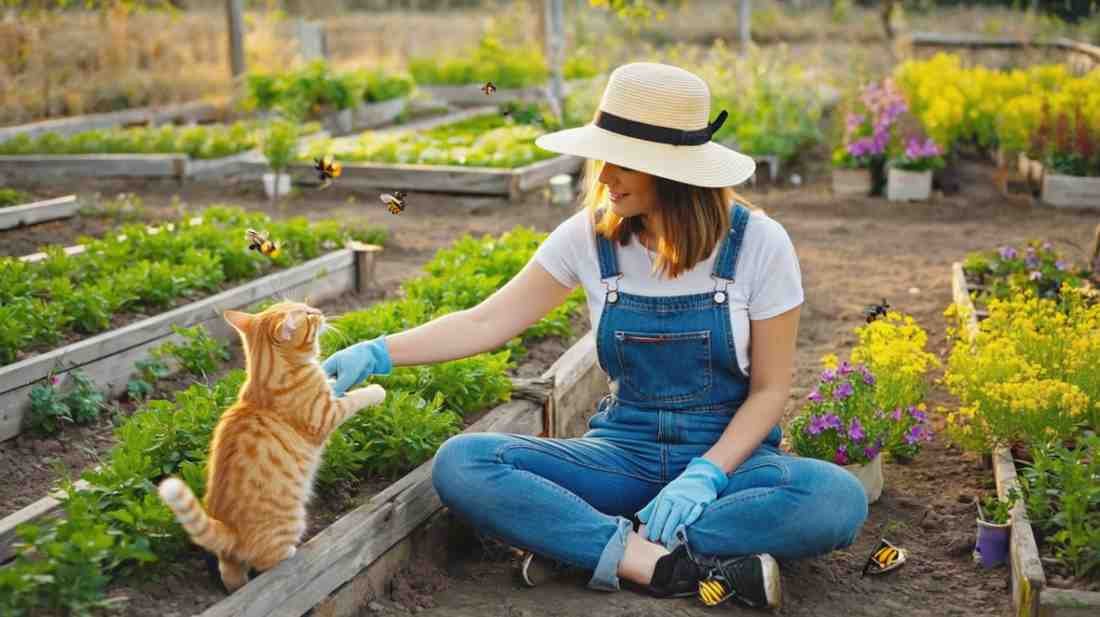
Learning how to grow catnip plant isn’t just about gardening—it’s about creating joy. For you, for your cats, and even for pollinators. Bees love its flowers, cats love its leaves, and humans love its calming tea. I’ve grown it for years now, and each season teaches me something new. Sometimes patience, sometimes humor, sometimes resilience. My advice? Grow it with love, protect it from overexcited paws, and enjoy the little moments it brings. After all, gardening is not just about plants—it’s about happiness.
for more information homegardeni.com is always available for you